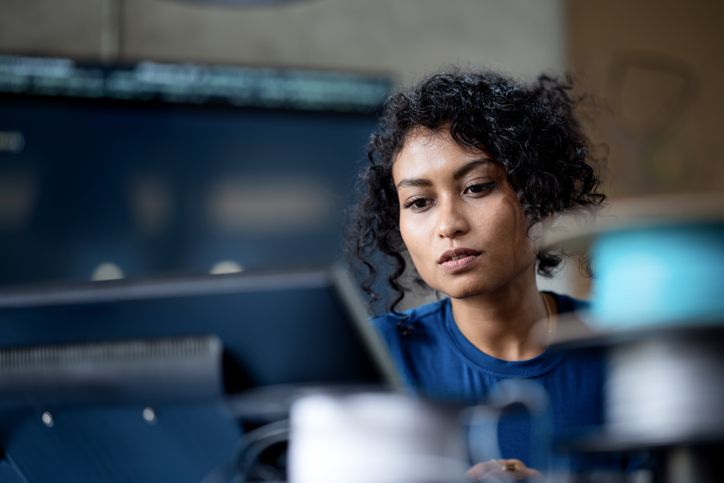
This article from Wired magazine describes how some teachers have been using the internet as a device to “flip” the classroom: students receive instructional content in lecture form outside of school through online videos, leaving teachers free to devote individual attention to students during school hours.
Salman Khan developed Khan Academy when he started creating home videos explaining math problems and posting them to YouTube. He realized that his videos could be used by educators to supplement their lessons, and by students anywhere who wanted to “learn almost anything--for free.” So he developed a website including games and quizzes, a dashboard for teachers to track their students’ progress, and thousands of instructional videos. He’s received grants to continue his work, including from the Bill and Melinda Gates foundation, and provides all of the services free of cost to users.
Though the Khan Academy’s approach certainly has its critics, the creator views it as a way to democratize learning and provide accessible one-on-one explanations that students can view as many times as they want, progressing at their own pace and in the privacy of their own homes.
Some have pointed out the limitations of his videos-- they are still basically in lecture format, with no opportunity for students to ask questions (it’s a video after all!), and the digital divide prevents some students from taking advantage of the service. Also, the mastery-based learning style of the drills lends itself well to math and science, but what about other subjects like English and history that may have more than one answer for any given question?
In 1984 Benjamin Bloom showed the huge difference that individual attention makes for students, finding a leap of two standard deviations in the progress of students who received 1-1 instruction. Despite some shortcomings, Khan Academy has great potential to make individualized instruction available to more students.
In terms of holistic learning, however, we still think nothing beats a real live tutor! Especially when it comes to adjusting to student learning styles, answering questions, developing study skills, and the interpersonal and mentoring aspect of tutoring, a student’s real relationship with a tutor makes greater success possible.
If you want to make free/affordable tutoring available to more students who need it, why not donate to the Tutorpedia Foundation? $35 will provide a full hour of free 1-1 academic help and mentoring from excellent tutors for students who wouldn’t otherwise be able to afford it.
(photo by John Watson)







1 comment:
Good post! Although it may seem counter-intuitive, I'm inclined to believe Salman Khan's theory that Khan Academy will actually make teaching and tutoring MORE personal. The videos only replace the lectures, which are the most formal and least interactive part of the learning experience. That frees up more time for discussion and one-on-one help both in the classroom and during tutoring sessions. Although I never lectured extensively in my English class, I still found flipped instruction to be a useful way to create more time for one-on-one interactions with my students. Watching well-created videos generates interest, curiosity, and a lot of questions: all of this sets the stage for tutoring to play an even bigger role!
Post a Comment